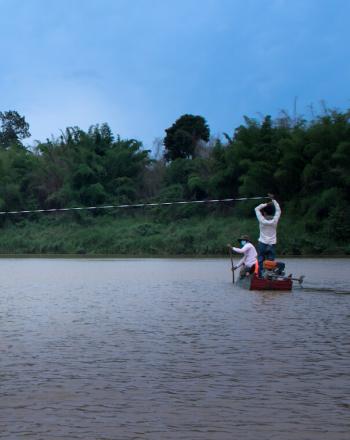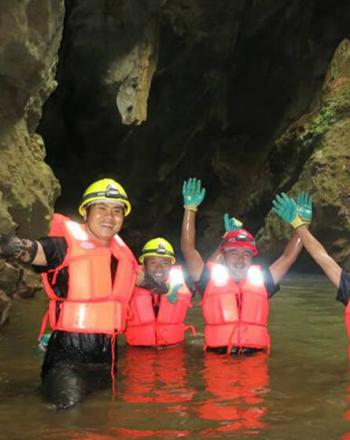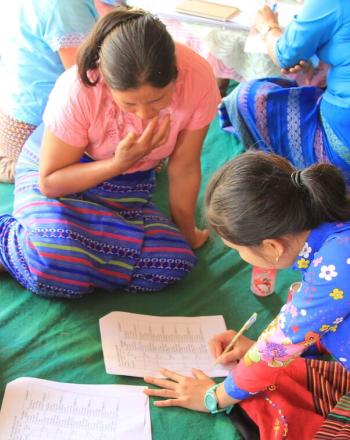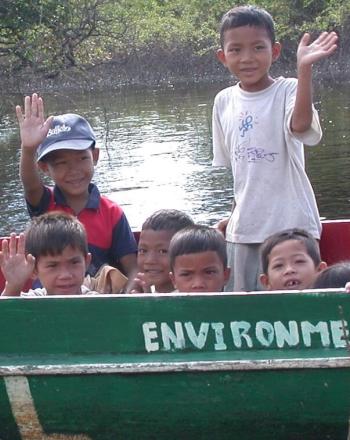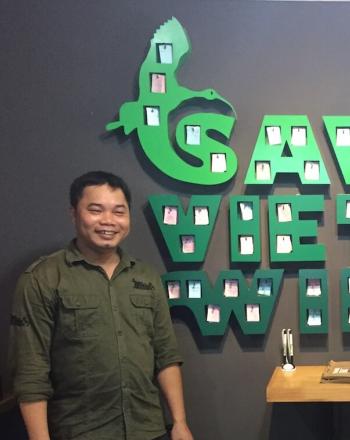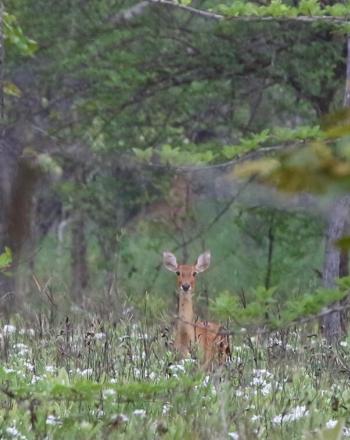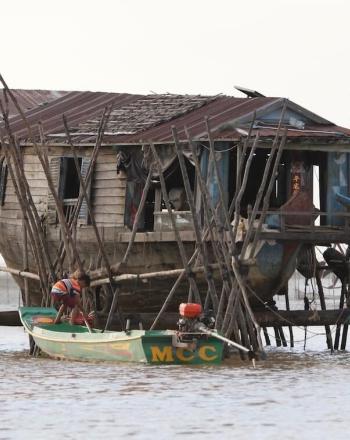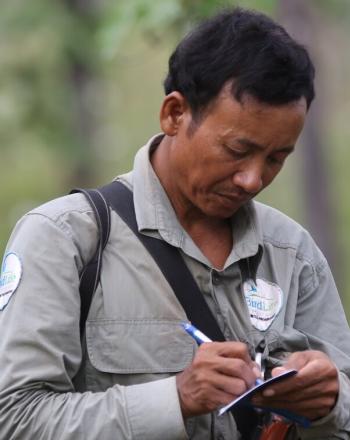Main menu
CEPF is a joint initiative of l’Agence Française de Développement, Conservation International, the European Union, Fondation Hans Wilsdorf, the Global Environment Facility, the Government of Japan and the World Bank.
Visitez le site français コア情報の日本語翻訳を読むOr use Google Translate to translate the English site to your language:
GTranslate
Priority KBA
Priority Corridor
Other KBA
Other Corridor
Indo-Burma
Currently investing and previously invested
Regional Implementation Team (RIT)
International Union for Conservation of Nature (IUCN) – Asia Regional Office
Alex McWilliam
Alexander.McWilliam@iucn.org
Investment
2020 to 2025
US$10 million
2013 to 2020
US$15.8 million
2008 to 2013
US$9.7 million
Eligible Countries
Cambodia
China
Lao PDR
Myanmar
Thailand
Vietnam
Ecosystem Profile
Ecosystem Profile Update, 2020
Ecosystem Profile Summary, 2020
Ecosystem Profile Executive Summary, 2020
Ecosystem Profile Summary Brochure, 2020
Stats
CEPF Strategy Strategy
About this hotspot About
Regional Implementation Team (RIT)
International Union for Conservation of Nature (IUCN) – Asia Regional Office
Alex McWilliam
Alexander.McWilliam@iucn.org
Investment
Dates:
2013 to 2020
Amount:
US$10.4 million
Eligible Countries
Cambodia
China
Lao PDR
Myanmar
Thailand
Vietnam
Ecosystem Profile
CEPF's initial investment in the Indo-Burma Hotspot awarded 126 grants to civil society organizations.
Threats in the region are becoming more severe, and CEPF has continued support in the region with a second investment. In this current phase, we've moved from pilot projects to longer-term interventions, and are integrating results more concretely into government policies and business practices.
At the same time, we're responding to emerging conservation issues—wildlife trade, hydropower development and expansion of agro-industry among them—with strategies developed through extensive consultation with conservationists on the ground. These strategies are focused on the geographies where these conservation issues are most urgent, including the Mekong River and its major tributaries; Tonle Sap Lake; the limestone highlands along the Vietnam-China border; the mountains of Hainan Island; and Myanmar.
In terms of species diversity and endemism, the Indo-Burma Biodiversity Hotspot—which comprises all non-marine parts of Cambodia, Lao PDR, Myanmar, Thailand and Vietnam, plus parts of southern China—is one of the most biologically important regions of the planet.
The hotspot is still revealing its biological treasures—six large mammal species have been discovered since 1992. A remarkable diversity of tortoise and freshwater turtle species are found here, too, as are some 1,200 species of birds.
More than 300 million people live in Indo-Burma, more than any other hotspot. The vast majority of them depend on the services provided by the hotspot’s natural ecosystems. Of particular importance, in a region where paddy rice and fish provide the staple diet of most people, are hydrological services and provisioning of fish and other freshwater products. The issues of poverty alleviation and biodiversity conservation are, therefore, inextricably linked.





